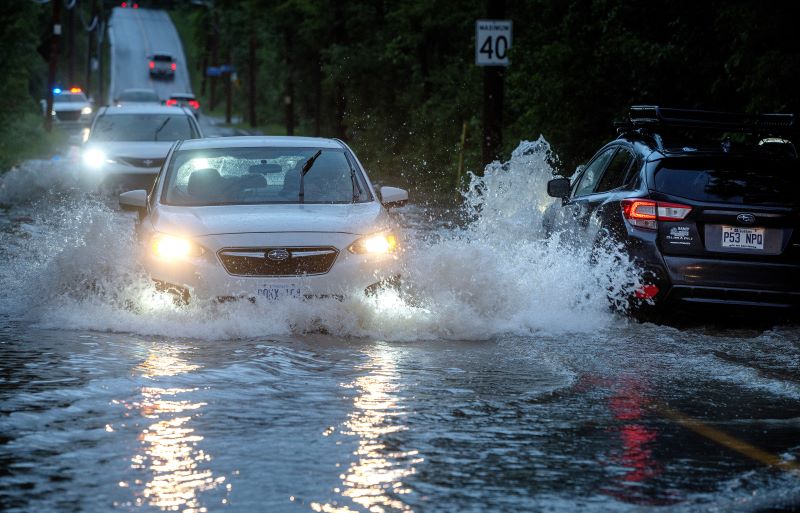Quebec flooding raises 2024 NatCat losses to $7.6 billion

Flooding after Tropical Storm Debby passed through Montreal and nearby regions of Quebec in August caused $2.5 billion in insured damage, according to initial estimates from Catastrophe Indices and Quantification Inc. (CatIQ).
The Aug. 9 and 10 catastrophe now ranks as the costliest insured event in Quebec’s history, says Insurance Bureau of Canada.
“The record-breaking downpour caused by the remnants of Hurricane Debby has led to a surge in insurance claims related to flooded homes, businesses and vehicles,” said Johanne Lamanque, Insurance Bureau of Canada (IBC)’s vice president of Quebec.
Damages from Debby have officially surpassed the 1998 ice storm (CA$1.75 billion, per the Institute for Catastrophic Loss Reduction.
The property insurance industry is facing its most challenging summer for NatCats on record, IBC says.
Highest loss year ever recorded
Although it is a severe NatCat event by Canadian standards, Quebec’s storm comes at a time when the industry’s faced a quartet of severe catastrophes this summer.
Quebec’s flooding sits second to Calgary’s hailstorm, which tallied $2.8 billion in insured damages, as reported by IBC earlier this week. Calgary’s hailstorm ranks as the nation’s second-biggest storm of all time.
When adding the losses from Toronto’s July flooding ($940 million), and the Jasper wildfires ($880 million) into the mix, the industry’s facing dire numbers. Even with those four events alone, Canada’s insured damages from natural catastrophes in 2024 now totals $7.1 billion.
Additionally, 2024 Q1 and Q2 losses tallied $400 million, CatIQ’s president and CEO Laura Twidle told Canadian Underwriter in late August.
That brings the year-to-date NatCat loss total to about $7.6 billion — the highest NatCat loss year the industry’s faced thus far.
That’s excluding any losses that might be incurred in the fourth quarter, meaning this figure could continue to climb.
The previous highest loss year on record was 2016 at $5.96 billion. Losses were primarily incurred from the Fort McMurray wildfires, which cost $4 billion in damage — the single highest weather disaster in Canada thus far.
Cars drive slowly through flooded streets in Sainte-Anne-de-Bellevue on the island of Montreal after heavy rains hit the area on Friday, August 9, 2024. THE CANADIAN PRESS/Peter McCabe







